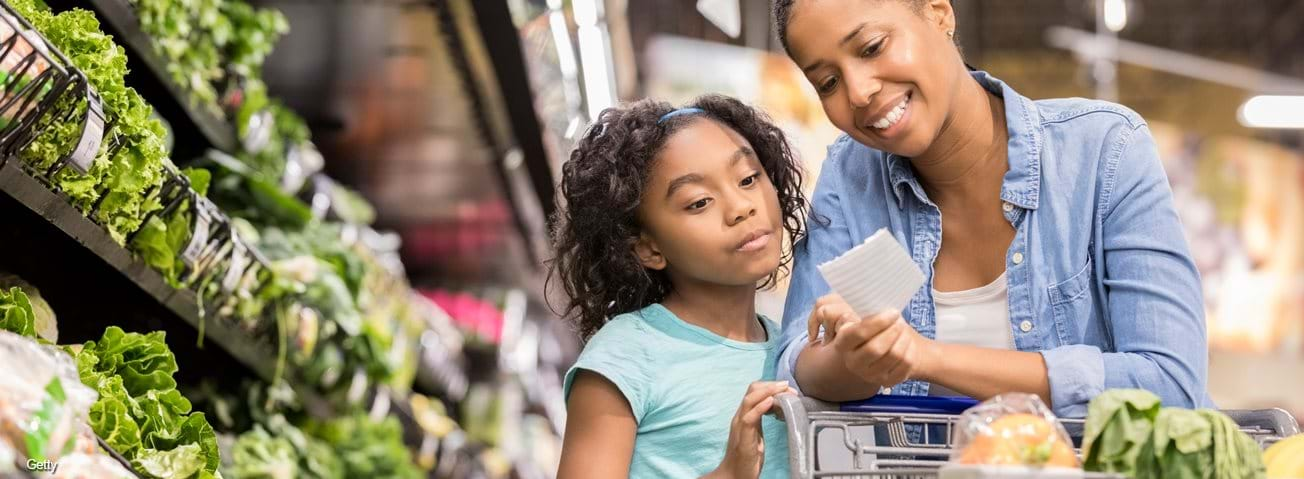U.S. Shoppers’ Access to Multiple Food Stores Varies by Region

Distance from a person’s home to the nearest food store (supermarket, supercenter, or large grocery store) indicates the ease of access to a major source of a variety of healthful foods. However, this measure does not indicate whether other sources of healthful food are just beyond the nearest store or if that store is the only store for miles. A food store with no close by competitors may not offer the best prices or quality. If a number of food stores are relatively nearby, competition on price, quality, selection of products, and other store attributes is likely to be greater, which could benefit consumers.
ERS researchers used data from the 2010 Decennial Census, 2010–14 American Community Survey (ACS), and two data sets on store locations from 2015 to calculate distances between households and the nearest and third-nearest food stores. The distance to the third-nearest store gives a sense of the amount of choice consumers have and the amount of competition the nearest store faces. The researchers found that in 2015, the median distance to the nearest food store for the overall U.S. population was 0.9 miles, with 40 percent of the U.S. population living more than 1 mile from a food store. The median distance to the third-nearest food store for the overall population was 1.7 miles. When the ERS researchers looked at rural food store access, they found that the median distance to the nearest and the third-nearest food store was 3.1 miles and 6.1 miles, respectively.
In part of their analysis, the researchers used U.S. census tracts to examine the relationship between distances to the nearest and third-nearest stores. (A census tract is a small statistical subdivision of a county that usually contains between 1,200 and 8,000 people.) In many cases, census tracts that were close to one store were close to three stores; likewise, census tracts that were far from one store were far from three stores. The researchers also identified census tracts where the population-weighted center of the tract (i.e., based on where people live within the tract) was within 5 miles of the nearest food store and between 10 to 20 miles from the third-nearest food store. These census tracts were concentrated in the Midwest and portions of the eastern half of the United States.
The researchers also identified census tracts with population-weighted centers that were within 5 miles of the nearest food store, but more than 20 miles from the third-nearest food store. Households living in this group of census tracts had less choice of nearby food stores. This lack of competition could result in shoppers facing higher prices, lower quality, and reduced selection of foods in the nearest food store. The majority of these census tracts are in portions of the Great Plains section of the Midwest, the Southwest, and the western region of the United States. These census tracts could lack the populations needed to support multiple large food stores.
Understanding Low-Income and Low-Access Census Tracts Across the Nation: Subnational and Subpopulation Estimates of Access to Healthy Food, by Alana Rhone, Michele Ver Ploeg, Ryan Williams, and Vince Breneman, ERS, May 2019


